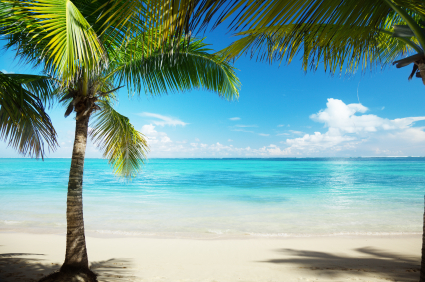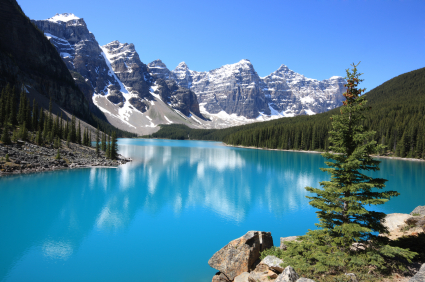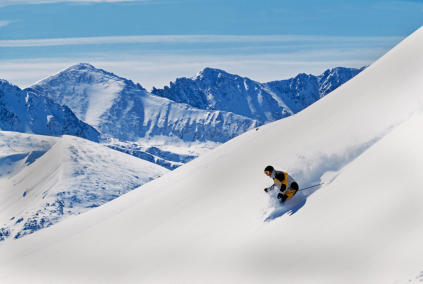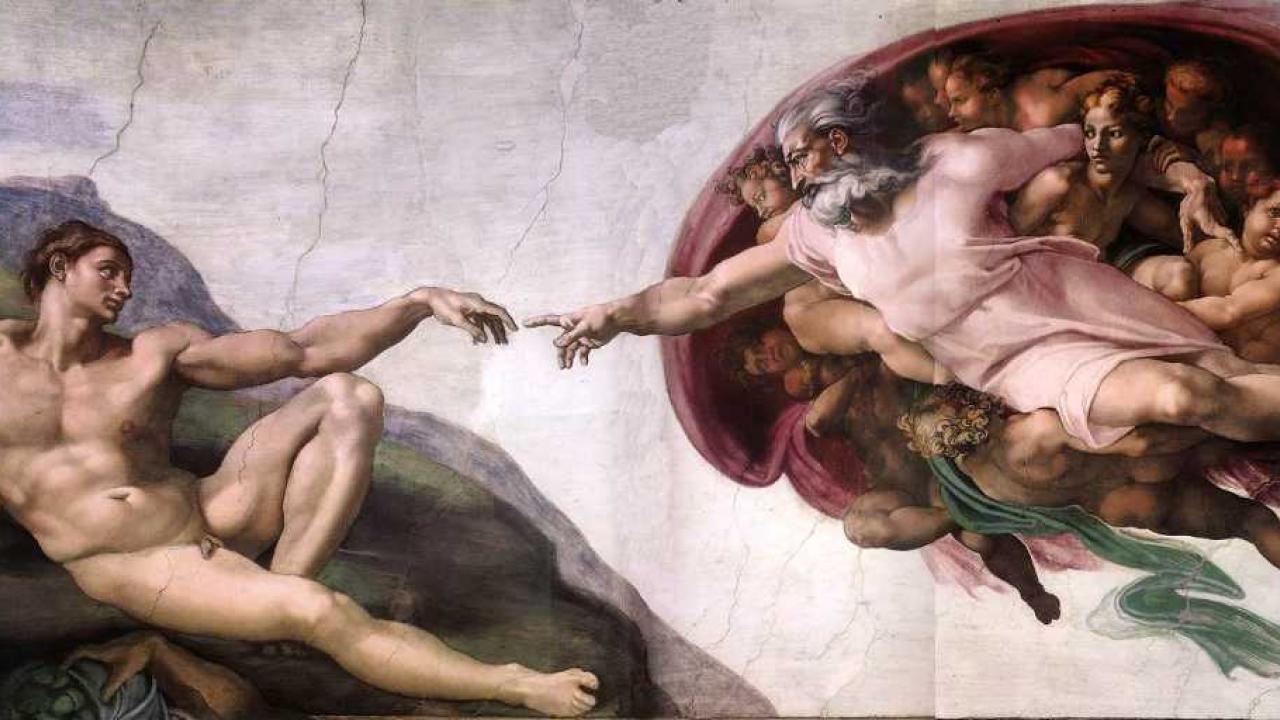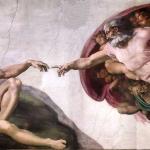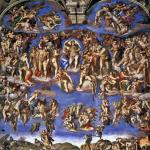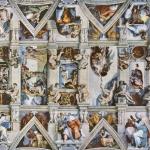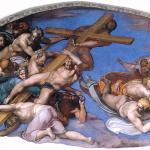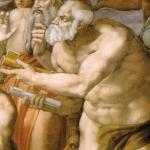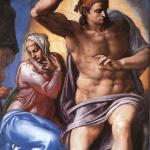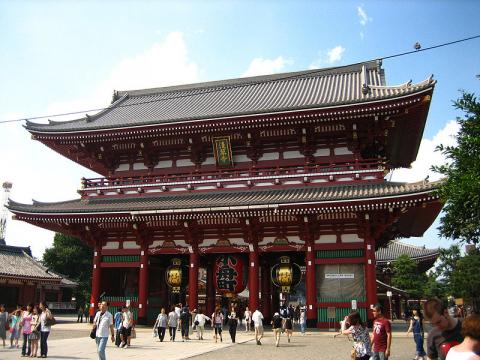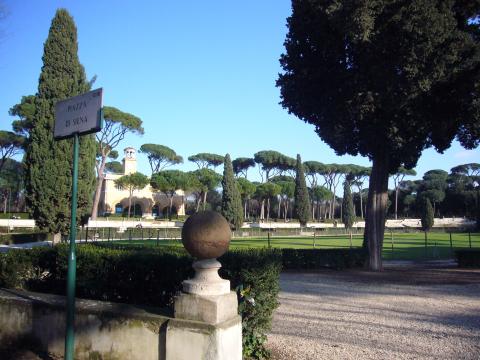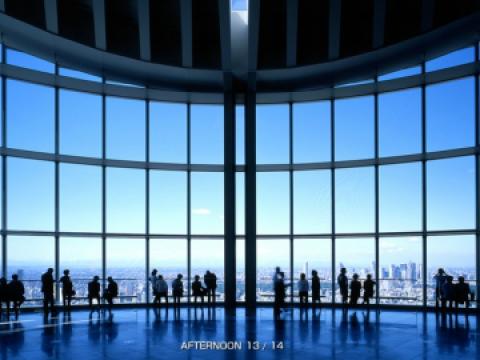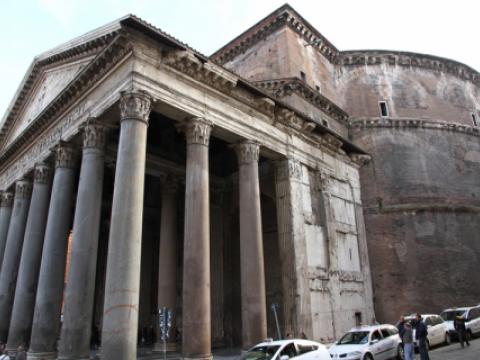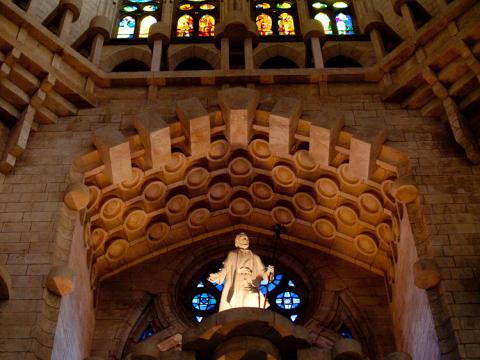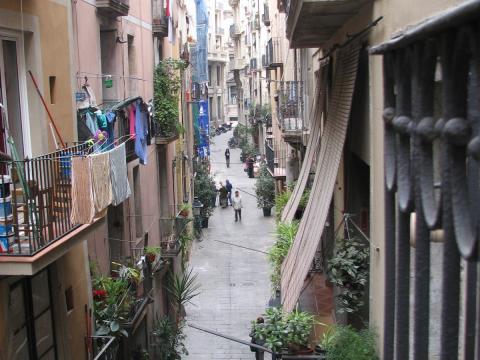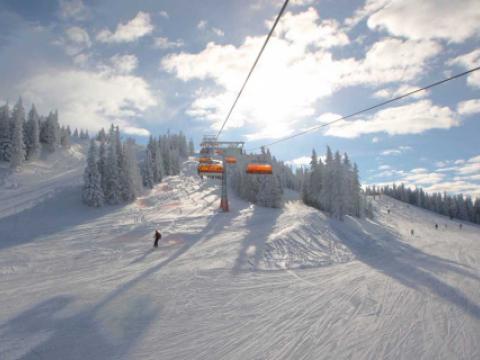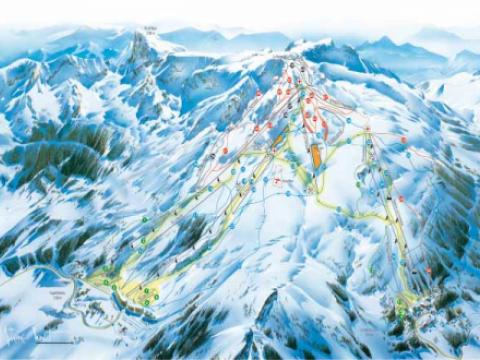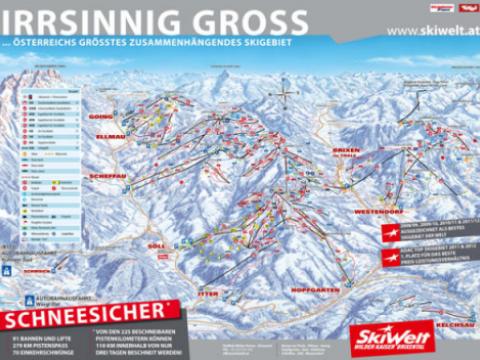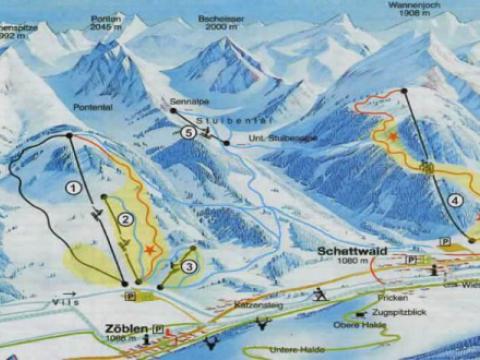Location
The Sistine Chapel is the official residence of the Pope, but its global fame this church owes to the works of arts in its interior.
The Last Judgment is the fresco on the altar of the Sistine Chapel. It was done by the greatest artist of the Renaissance, Michelangelo Buonarroti. He worked for 4 years between 1536 and 1541 to complete the work. The Last Judgment depicts the second coming of Jesus, who is placed in the middle.
The most famous part of Sistine Chapel frescos is the Creation of Adam that forms the middle part of the ceiling fresco. The whole ceiling is painted also by Michelangelo 25 years before the Last Judgment. The Creation of Adam illustrates the Biblical creation narrative from the Book of Genesis in which God breathes life into Adam, the first man.
The image of the near-touching hands of God and Adam has become iconic of humanity. Together with Leonardo da Vinci's Last Supper, Creation of Adam is the most replicated religious painting of all time.
By Subway from center - Take the Line A (red line) toward Battistini and exit either at Ottaviano-S.Pietro or Cipro-Musei Vaticani. They're both about the same distance from the entrance, but if going directly to the Chapel , we suggest Ottaviano.
From St. Peter's Basilica - Exit the Square to the north and simply wall along the Vatican Wall (10-15 min). The address of Sistine Chapel is Viale Vaticano, 2.
Modest dress is required (though more enforced at the Basilica). The line can get frustratingly long during tourist season so we recommend going early (around 8:00AM), or late (after 11:00AM).
Regular Price - 12 Euros
Opening hours
Closed on many holidays.
Mar-Oct 8:45-15:20, Exit 16:45 Saturdays 8:45 - 12:20 Exit 13:45
Nov-Feb 8:45 - 12:20, Exit 13:45
Closed Sundays, except the last Sunday of the month which is free.


